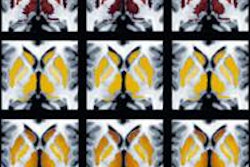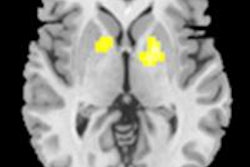Brain MR imaging of preschool children may help identify early symptoms of attention deficit/hyperactivity disorder (ADHD), according to a study published online June 9 in Clinical Neuropsychologist.
Researchers from the Kennedy Krieger Institute found differences in the brain development of preschool children who exhibited symptoms of ADHD, noting that the region of the brain important for cognitive and motor control was smaller than in children without symptoms.
ADHD affects approximately 2 million children and is characterized by inattentiveness, hyperactivity, and impulsivity. These children may be at high risk for academic failure and have other social developmental difficulties.
A team led by Mark Mahone, PhD, director of neuropsychology at the institute, examined high-resolution MR brain images in 26 children ages 4 and 5 years, half of whom exhibited ADHD symptoms. The group discovered that children with ADHD symptoms had significantly reduced caudate volumes. The caudate nucleus, a small structure in the subcortical region of the brain, is associated with cognitive and motor control.
The caudate volumes were significantly correlated with parent ratings of hyperactive and impulsive behavior symptoms. However, the researchers determined that cortical volumes were not associated with symptom severity.
The ability to diagnose and treat children with ADHD at a very early age may minimize its impact in the long term, the authors concluded. As part of their longitudinal study, the Kennedy Krieger Institute researchers will continue to follow the brain development of the 13 children with ADHD to determine if abnormalities persist or regress with age.



.fFmgij6Hin.png?auto=compress%2Cformat&fit=crop&h=100&q=70&w=100)




.fFmgij6Hin.png?auto=compress%2Cformat&fit=crop&h=167&q=70&w=250)











